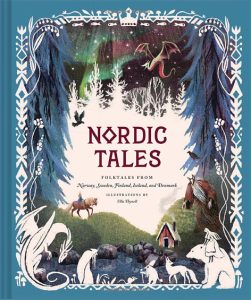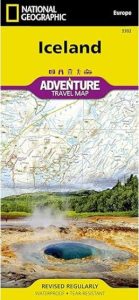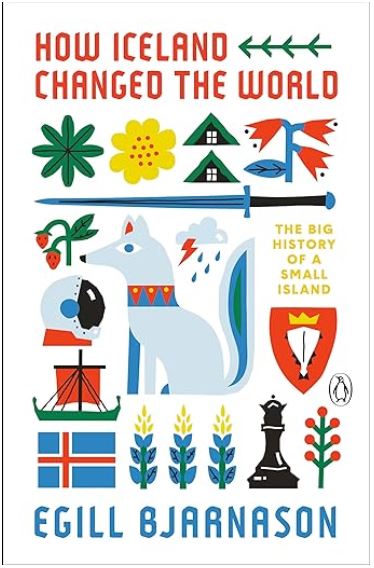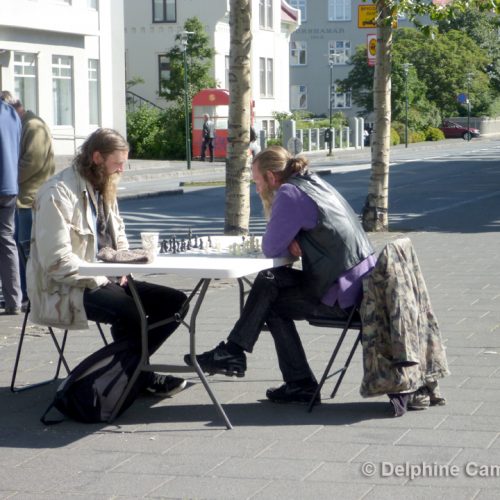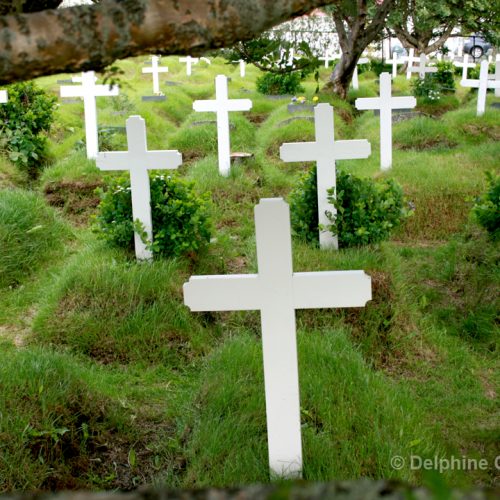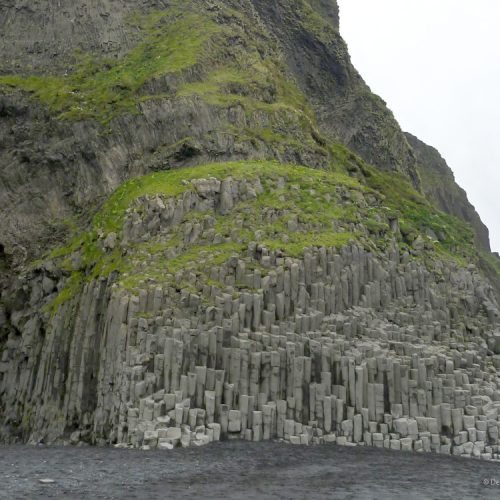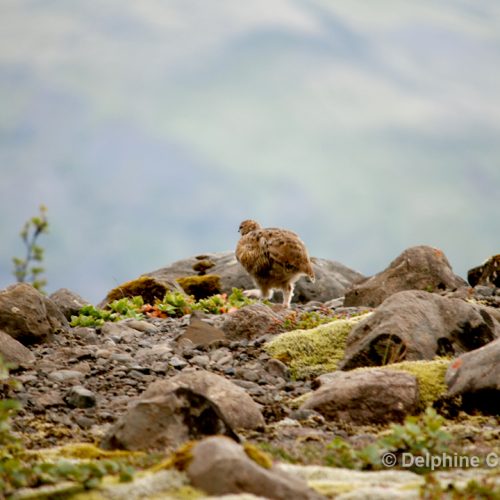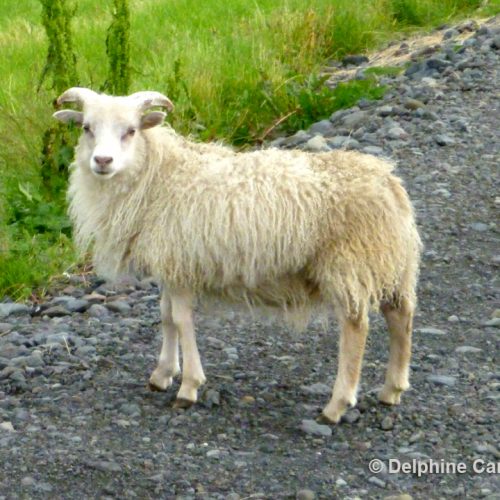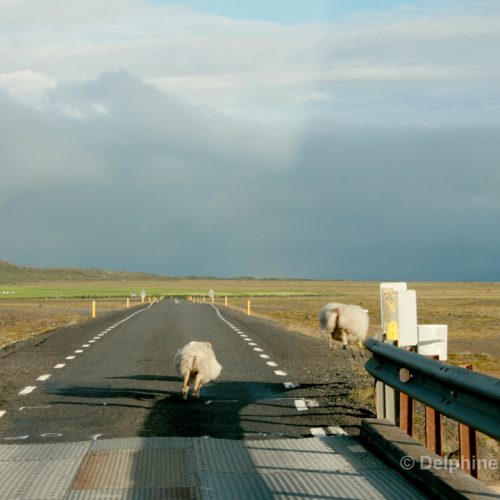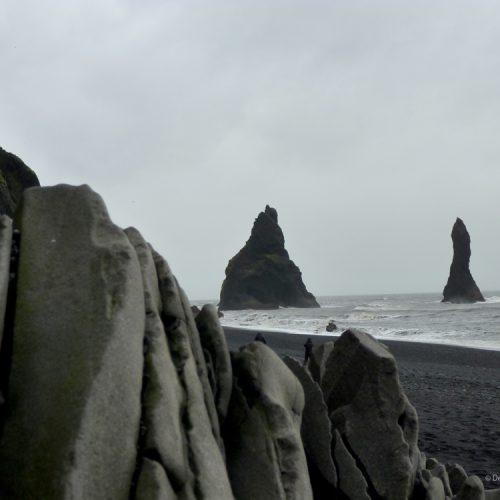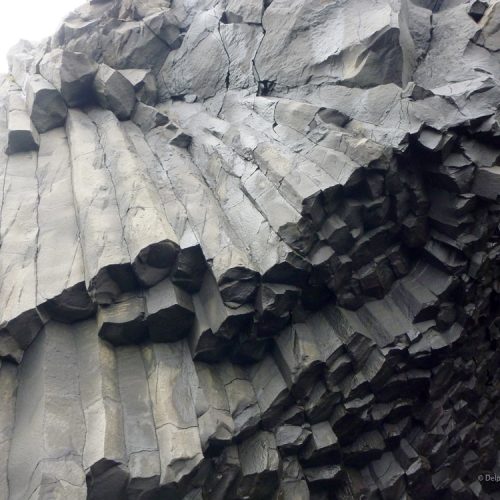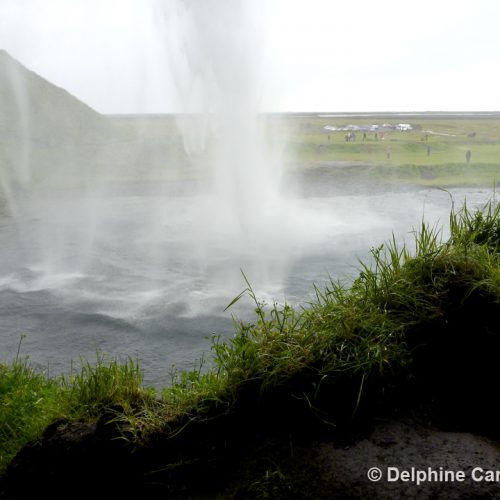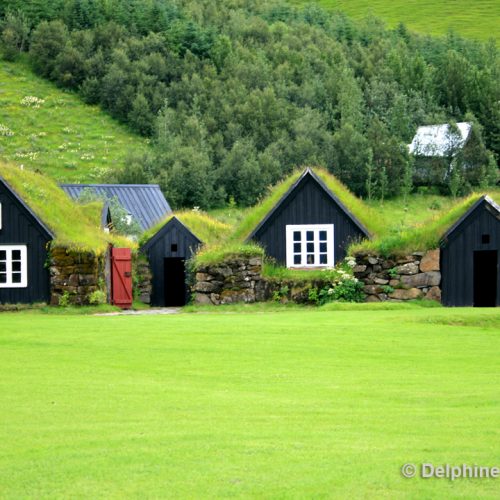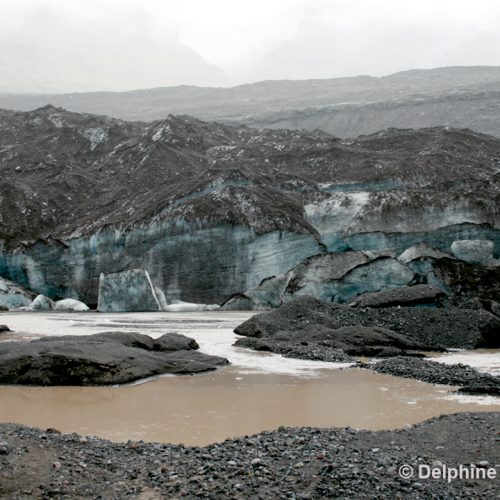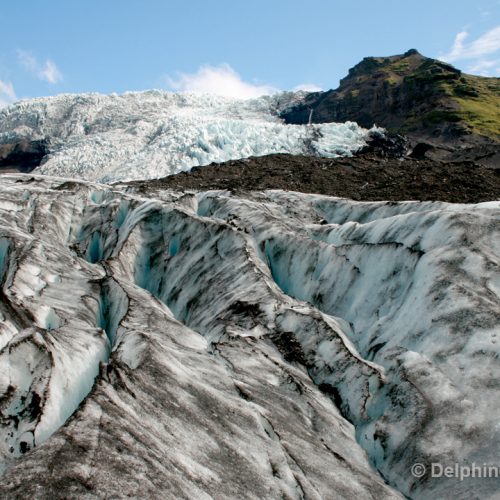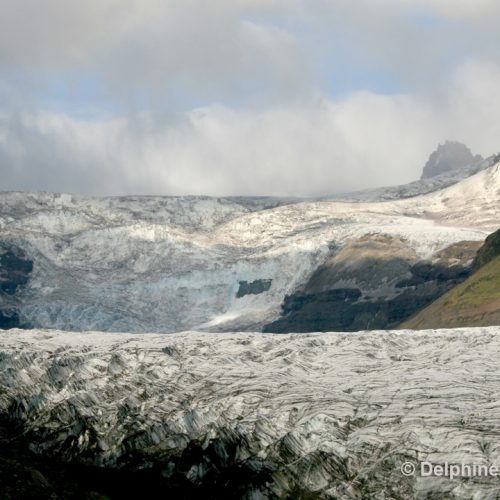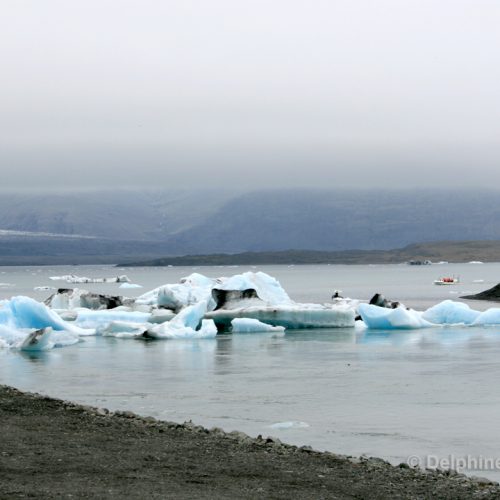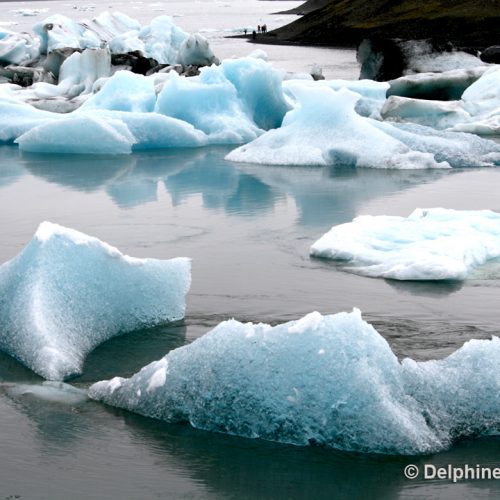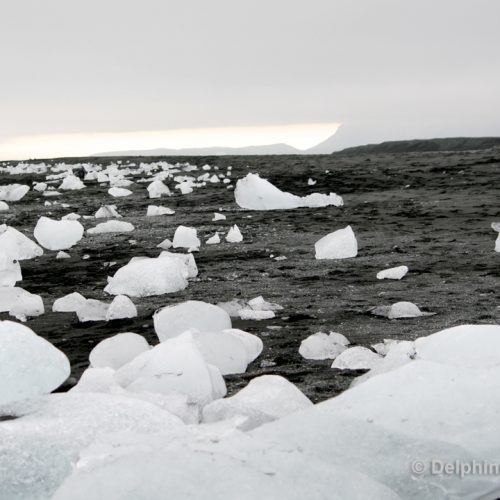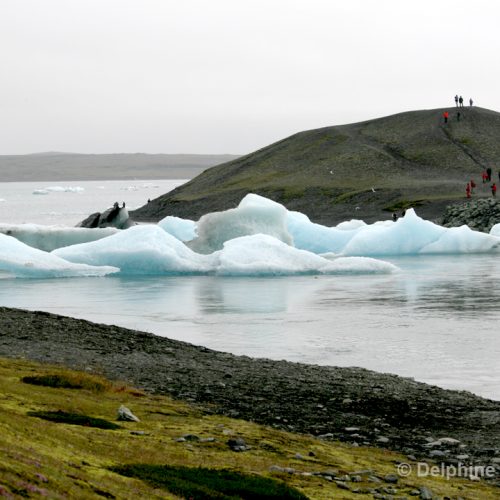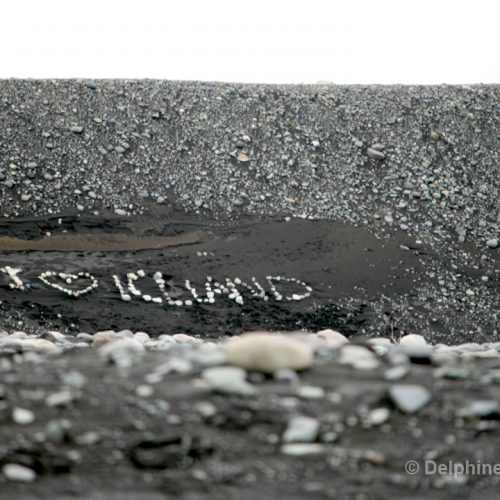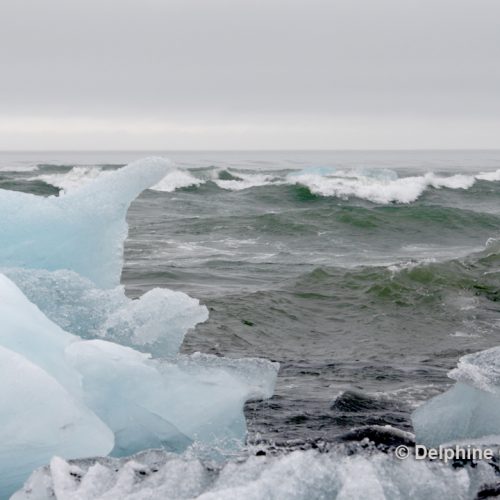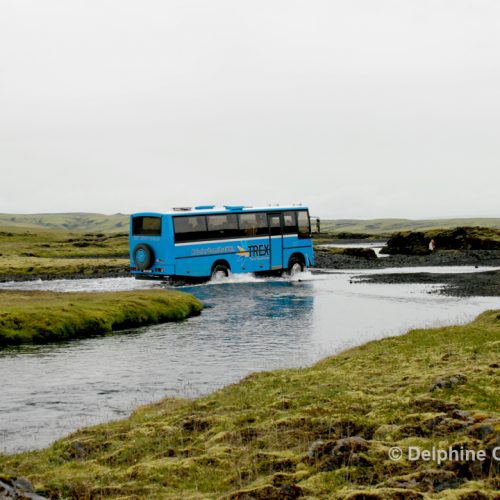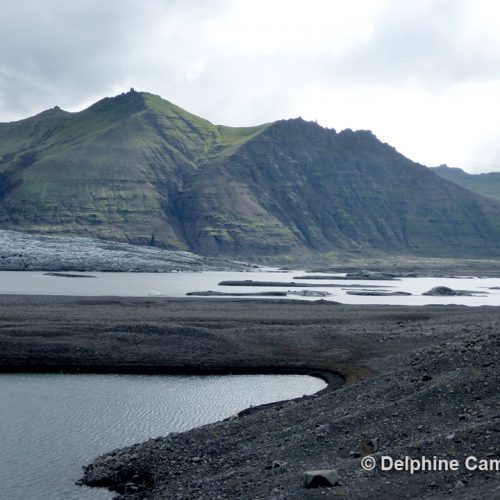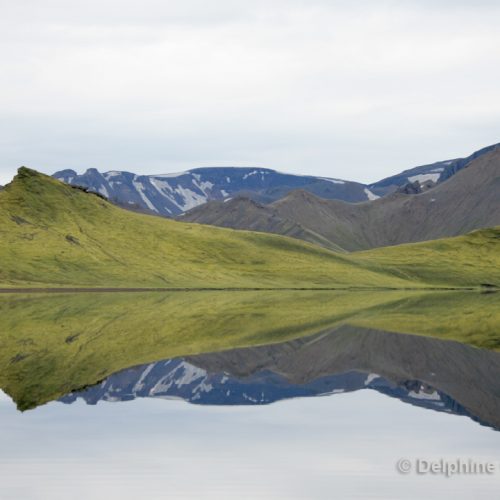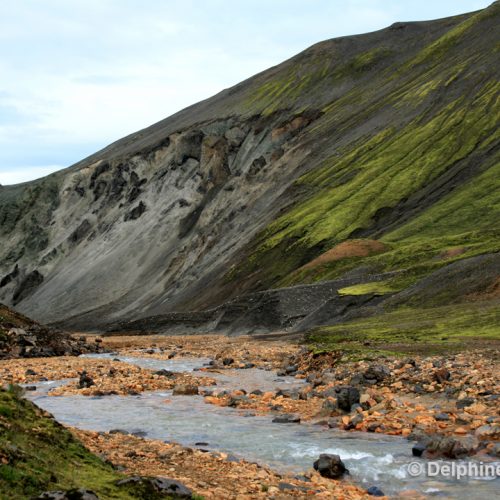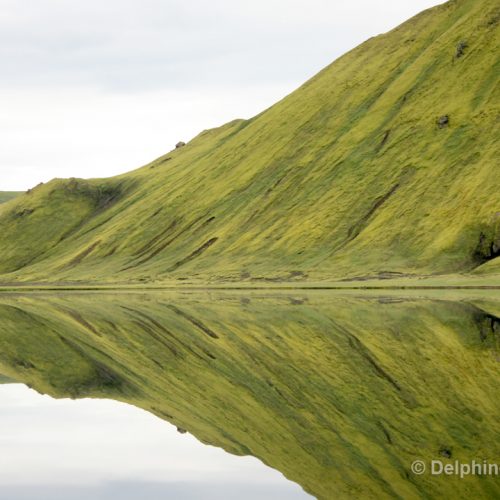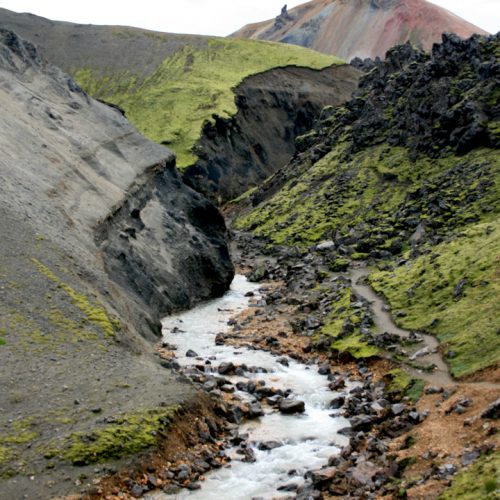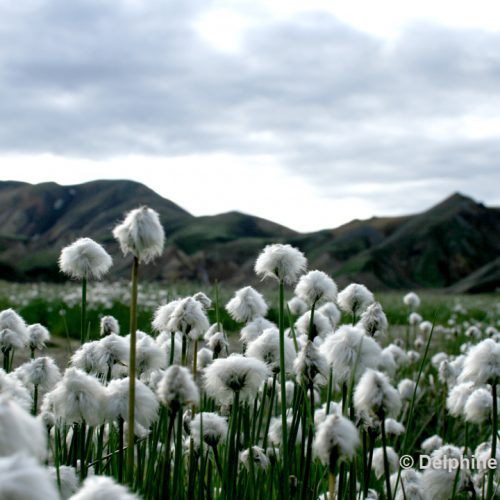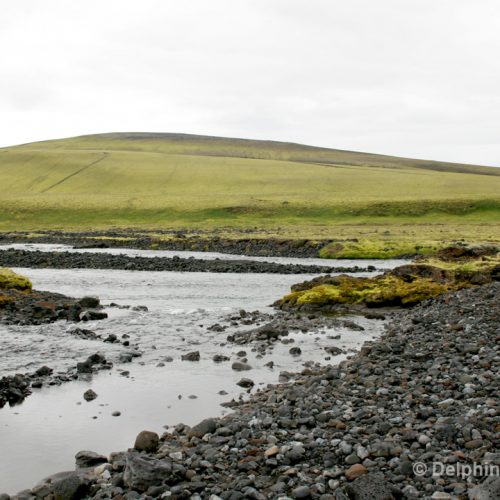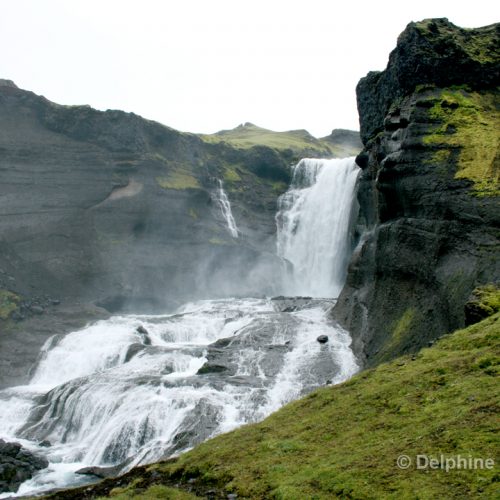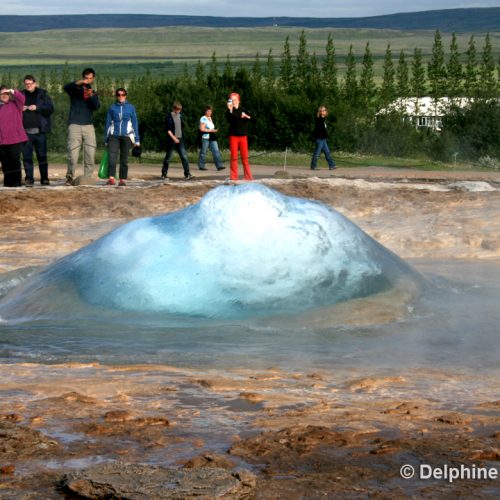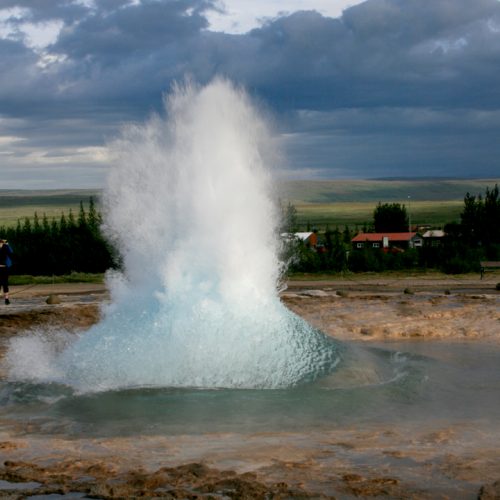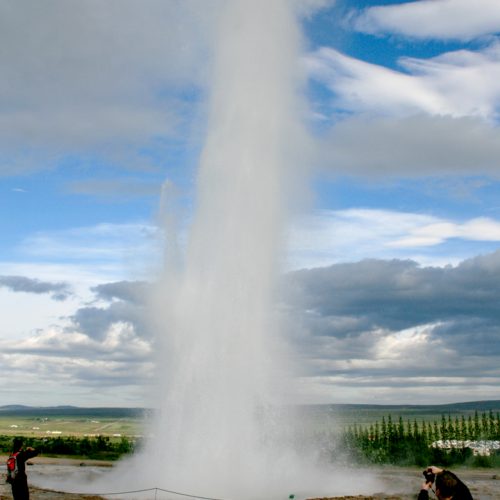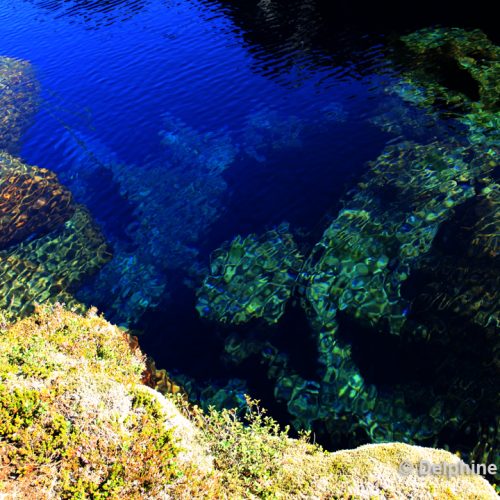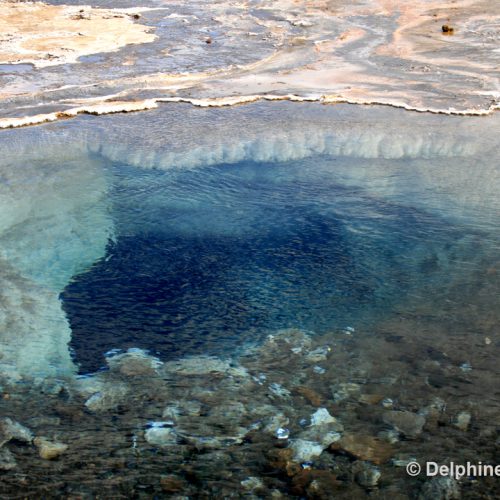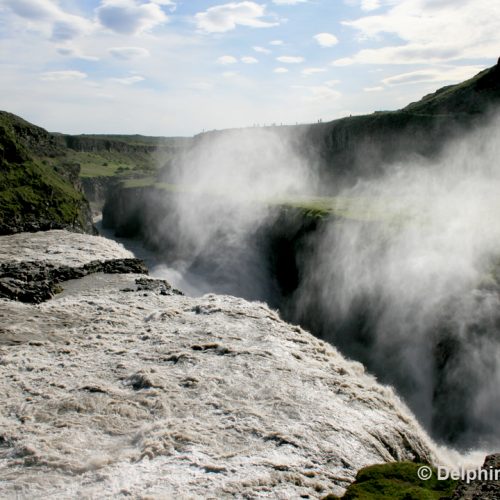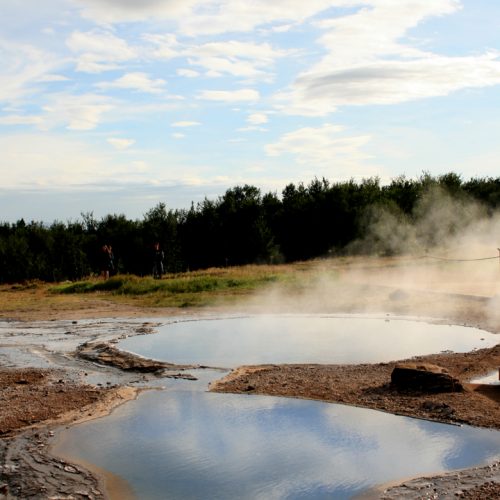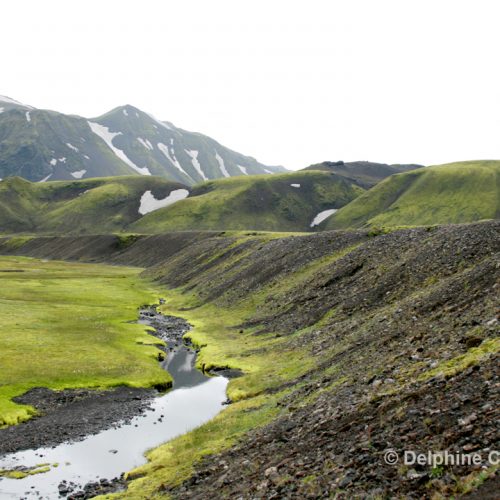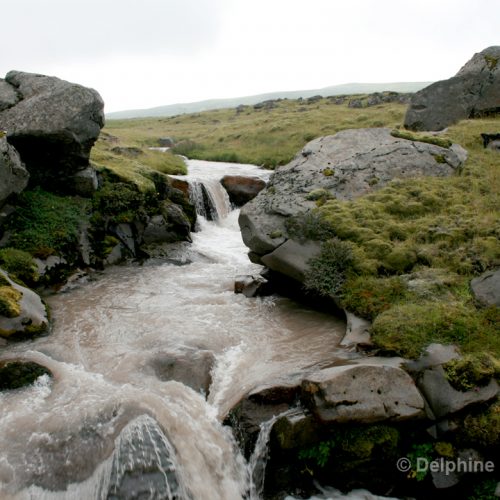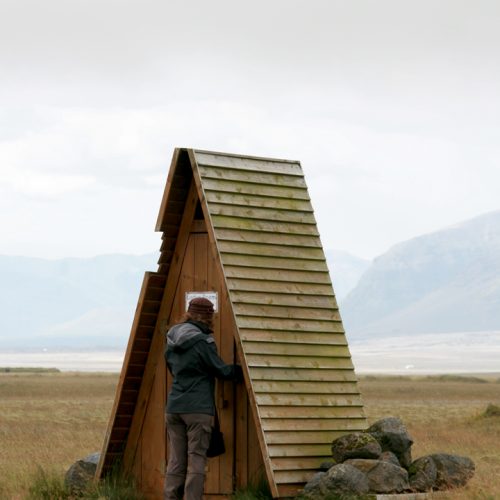Iceland – South points of interest
A loop around the South Part of Iceland
When to visit Iceland and with which budget?
- The summer season is from mid-June to end of August. During summer in Iceland, the day are really long, there is almost no night, so it’s bright all day long, even at midnight.
- The months when you can finally see a bit of dark sky during the night are from September to May. During that period of time and if you are lucky you can be amazed by the “Aurora borealis”
- The food and cost of living are very expensive in Iceland, as the location of car or 4X4. To save your money you can find a travel buddy to share your transport and travel around Iceland, make a picnic, or cook your meal in your accommodation.
The best-selling books about Iceland”
Reikjavik the capital
Out of the main city Reikjavik, is it very desert. It’s the nature. On the island there is more sheeps than human.
The Top 5 things to do in Reikjavik
- Hallgrimskirkja
- Harpa Concert Hall
- Perlan (The Pearl)
- National Museum of Iceland
- Whale Watching Tour
Reynisfjara
Go on the Black pebble beach and watch the Reynisfjara cliff.
Reynisfjara, situated along the southern coast of Iceland, is a mesmerizing black sand beach renowned for its dramatic beauty and unique geological features. With its striking contrast of ebony sands, towering basalt columns, and roaring Atlantic waves, Reynisfjara offers an otherworldly landscape that captivates visitors from around the world. The beach is flanked by the Reynisdrangar sea stacks, imposing basalt formations rising from the ocean, which according to local folklore, were once trolls caught by the first rays of dawn. Reynisfjara’s raw natural beauty and mythical allure make it a must-visit destination for travelers seeking adventure and wonder amidst Iceland’s rugged coastal scenery. However, visitors should exercise caution, as the powerful waves and unpredictable currents make swimming dangerous, emphasizing the wild and untamed nature of this remarkable coastal gem.
Skogafoss and Seljalandsfoss
Impressive waterfall near Skoger where there is a popular museum of Iceland
Hike on the Vatnajökull Glacier
The biggest glacier of the Europe.
with a tour + go soak yourself in an Hot water spring + go with
Jokulsarlon
Watch the seals where there is the mouth of glacier in the sea.
Landmannalaugar
Accessible only during summer time. You need the 4×4 to access there as you need to cross some river. Possibility to go on Bus tour or big Bus . you can go hiking in the between the multicolored hills in the Torfajökull mountains. They look like they are colored in yellow, red, bleu, green, black…
Strokkur – Thingevellir
Strokkur and Thingvellir, two iconic landmarks in Iceland, offer visitors a glimpse into the country’s dynamic geological and historical heritage. Strokkur, a powerful geyser located in the Haukadalur Valley, is renowned for its regular eruptions, shooting scalding water high into the air every few minutes. Surrounding Strokkur are bubbling mud pots and steaming vents, creating a surreal landscape that showcases Iceland’s geothermal energy.
Nearby, Thingvellir National Park holds historical significance as the site of Iceland’s first parliament, the Althing, established in 930 AD. This UNESCO World Heritage Site is not only a place of political and cultural importance but also a geological wonder, as it lies within the rift valley between the North American and Eurasian tectonic plates. Visitors to Thingvellir can explore the Althing assembly site, hike along dramatic fissures, and snorkel or dive in the crystal-clear waters of the Silfra fissure, where the continents meet.
Together, Strokkur and Thingvellir offer a captivating blend of natural beauty, cultural heritage, and geological wonders, making them must-visit destinations in Iceland.
Hekla volcano
Hekla, Iceland’s most famous volcano, looms majestically over the country’s starkly beautiful landscape, captivating both locals and visitors alike with its powerful presence and rich geological history. Known as the “Gateway to Hell” in medieval times due to its frequent and explosive eruptions, Hekla is one of the most active volcanoes in Iceland, with over 20 recorded eruptions since the ninth century. Towering at a height of 1,491 meters, its imposing silhouette dominates the skyline of southern Iceland, surrounded by vast fields of black volcanic rock.
Despite its fearsome reputation, Hekla’s eruptions have shaped the landscape and enriched the surrounding soil, contributing to the country’s unique ecosystem and fertile agricultural land. Today, adventurers and scientists alike are drawn to Hekla’s rugged slopes to witness its raw power and explore the geological wonders it has created, making it a symbol of Iceland’s volatile yet awe-inspiring natural beauty.
→ The Balkans – Iceland – Italy – Malta – Norway – Spain – Portugal – The Netherlands

